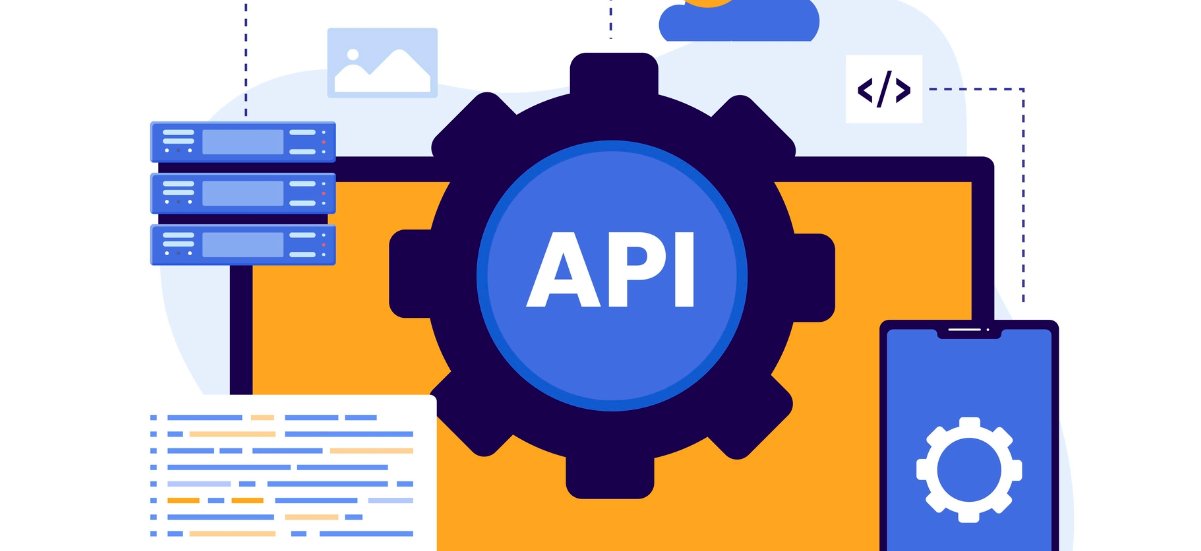API: Significance to the Lending Ecosystem
On the demand and supply side, the lending ecosystem has been altered by technological advancements and the evolution of consumer requirements. The entire demand side of the lending ecosystem has shifted towards a sea change in the way consumers borrow money to buy large household appliances versus instant credit to buy day-to-day stuff. The whole thought process about acquiring finance is transforming. Now, access to finance or credit is not only limited to the bank’s branch but also at their fingertips using their smartphones. Processes need to constantly be sped up and enriched with more data so that ever-increasing customer expectations for instant, highly personalized services may be met.
Compounding the issue is the COVID-19 pandemic, where legacy and silo systems must urgently be digitally transformed. Customers now expect the financial service provider to offer contactless and seamless borrowing experiences. Ensuring that customers get a smooth and enhanced user experience is an area that the banks and financial institutions struggled to manage as they could not catch up with the fast pace of digitization happening in all areas of life. The lenders and financial service providers need to create a strong, robust, and seamless digital capability to give an improved customer experience at each stage of the transaction journey.
The dependency on manual processing and underwriting is the barrier to this digital transformation; the time used in paperwork can be quite well spent by the bank’s officer on business strategy and relationship building. With the increasing integration of ecosystems, APIs, or Application Programming Interfaces, play a highly significant role. By aggregating information from multiple sources, lenders will be able to get a holistic view of a customer’s financial status and further enrich their profile for making better and more accurate decisions. In addition, through the application of APIs, financial institutions will be in a position to provide innovative banking products and services, hence enabling a future full of innovation.
Different kinds of lending APIs?
Onboarding API
Onboarding API enables lenders and financial service providers to provide a smooth, quick, and omnichannel onboarding experience to customers. Traditionally, the entire process has been taking a long time, which was wrong and also of a large size. Lenders can now find information and time, the expected loan duration range, the amount of time, etc., in just a few minutes. Thus, this whole process is completed in a minute compared to old methods.
Credit Underwriting API
The underwriting APIs will provide the lender with relevant, accurate, and timely information for preparing ideal loans for the borrowers. It collects customer credit data from CIBIL and other major alternative sources and shares the same with the lender in an automated manner. Algorithms in the API program collect data from various sources and send it across the lender’s internal system to enable lenders to make the decisions they want.
Loan Fulfillment API
Use the loan processing API to issue loans to customers and store the credit account information for billing and processing purposes on the platform. Once the credit is approved, the credit agreement will be digitally created, published, and forwarded to the borrower and lender. The loan would be disbursed through debiting the lender’s account and crediting the borrower’s account.
Loan Collection API
Loan collection API is the service through which collection agencies can retrieve the latest details regarding borrowers for tracing and collecting EMI for a loan. These APIs have significantly supported financial institutions in utilizing their available resources to their full potential so that the debt recovery process may take place at all levels without leaving any sort of ambiguity regarding it. Integration with mobile and web platforms makes possible fast, paperless transaction processing and reduces risks.
What advantages do APIs bring to a lending company?
APIs allow banks and other financial institutions to be responsive in their operations based on changing customer needs and allow them to innovate with their efforts in digital banking. The features of an API explain why digital banking features such as mobile check deposits, bill pay, and transfers from one account to another occur.
Some advantages of APIs for lenders include:
- The lender uses APIs to enable instant decisions regarding a loan application, retrieving data points from any third party, be it a government or a non-government agency.
- APIs don’t store data within them; hence, it is 100% secure and safe.
- The lenders and the financial institutions using APIs have the capability of having third-party vendors that fit their business vis-à-vis the options provided by the digital banking vendor.
- An open API allows financial institutions to connect with services that will improve the digital lending experience. The integrations may allow applications to pre-populate information from the borrower’s driver’s license or mobile phone and save considerable time.
- The advantage of using APIs is the workflow automation they provide. More automation brings benefits, such as reduced errors, lower staff hours and monetary costs, and smoother operations.
- APIs can be utilized to run applications efficiently and to send or gather other needed information, as appropriate for your reporting needs.
Jaguar Software India is fulfilling the digital needs of different financial institutions that are lending institutions to their customers. It is providing a SaaS-based, cloud-first lending technology—Jaguar Software India—which leverages the power of cloud computing to streamline and digitize lending operations. Jaguar Software India is an API-driven technology solution that integrates and streamlines disparate systems, enabling lenders to source data from multiple sources. Jaguar Software India can integrate with origination systems, collection systems, data verification systems, etc., to form an intelligent digital lending solution.
FAQs Related to API
What is the lending ecosystem?
The lending ecosystem comprises all the human and non-human participants in the lending process, including banks, NBFCs, fintechs, and borrowers. It entails the entire process, which includes loan acquisition, all the way to repayment. This ecosystem has been turned into a smarter and more connected one than ever with the rapidly evolving digital technology.
What is an API, and how does it apply to lending?
API is the abbreviation of Application Programming Interface – in other words, a connector that allows various software systems to communicate with each other. APIs in lending facilitate the sharing of data in real-time between banks, fintechs, and other participants in the lending market, and automation of processes, and the creation of a more streamlined customer experience.
What API is generally employed in lending?
Here are some examples –
Onboarding APIs – Accelerate the registration of customers and KYC.
Credit APIs – Retrieve credit scores and other risk information of credit bureaus such as CIBIL.
Fulfillment APIs – Process loan arrangements, disbursements, and account creation.
Collection APIs – Process repayments, EMI tracking, and notifications.
Why is it that APIs are a big deal to the lenders?
APIs bring lending to a quicker, easier, more straightforward, and open process. They help lenders –
- Make fast credit decisions based on real-time data.
- Give your customers a paperless experience.
- Cut down on manual work, operational expenses.
- Always be able to integrate with new fintech partners or services.
Can APIs be safely used in lending?
Yes, provided they are constructed and run in a proper way. Customer data is not stored in APIs; however, secure connections, encrypted data transfer, and effective access control should be ensured. Similar to any technology, they should be maintained and renewed regularly.
What do APIs do to improve the customer experience?
Imagine instant approvals, online onboarding, and instant disbursements – all of which can be made using APIs. The borrowers do not need to fill in endless forms and visit branches. All that takes place in a few clicks.
What are the obstacles to the adoption of APIs by traditional lenders?
The older systems, which are legacy systems, usually have no easy time communicating with the new systems. This may delay and complicate the integration. A transition to an API-based system can require new equipment, staff retraining, and reevaluating the previous processes, but the payoff is significant.
What Jaguar Software India has to offer?
Jaguar Software India is a cloud-based, API-led lending platform unifying all the stages of the loan lifecycle, including its origination and collections. They are aimed at assisting lenders in becoming fully digital with smarter automation and improved customer experiences.
Are APIs truly cost-saving to lenders?
Yes. Automation saves on labor and time of approvals, errors are minimized, and this translates to fewer costs and less unhappy staff.
What was the impact of COVID-19 on API adoption in lending?
The pandemic, almost overnight, pushed lenders to go digital. With physical operations limited, APIs become the backbone of remote lending, helping institutions onboard and serve customers fully online.








